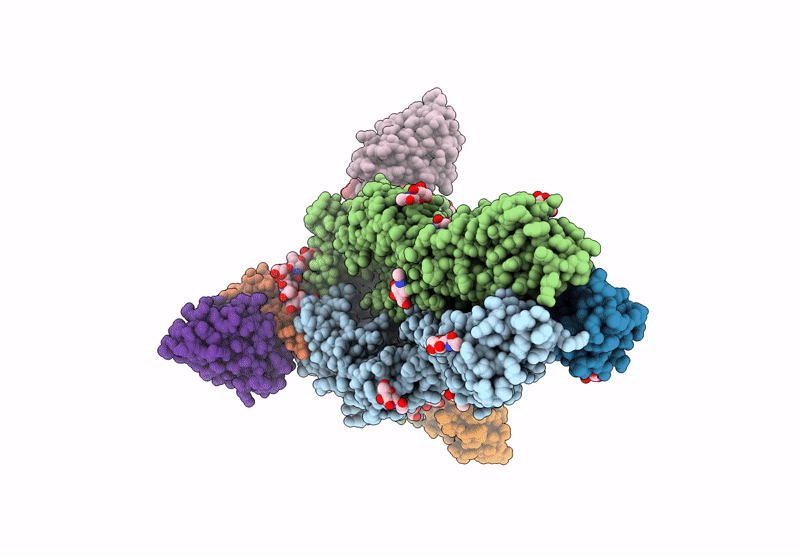
Deposition Date
2024-12-02
Release Date
2024-12-18
Last Version Date
2025-02-19
Entry Detail
PDB ID:
9EKF
Keywords:
Title:
CryoEM structure of H5N1 A/Texas/37/2024 HA bound to Fab 65C6 and an auto glycan occupying the receptor-binding site
Biological Source:
Source Organism:
Influenza A virus (Taxon ID: 11320)
Homo sapiens (Taxon ID: 9606)
Homo sapiens (Taxon ID: 9606)
Host Organism:
Method Details:
Experimental Method:
Resolution:
2.68 Å
Aggregation State:
PARTICLE
Reconstruction Method:
SINGLE PARTICLE


